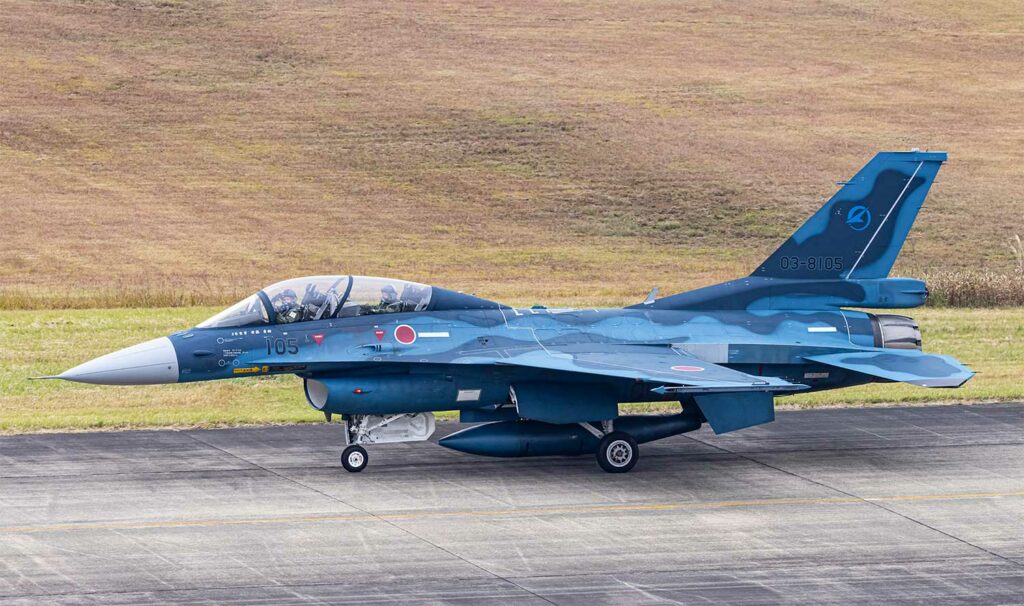
Japan is considering creating a unit dedicated to analyzing UAPs in response to suspicious incursions by drones and surveillance balloons.
The Japanese government could establish a specialized office to study unidentified aerial phenomena (UAPs). This proposal, presented by the Parliamentary League for UAP Clarification from a Security Perspective, follows an increase in unidentified aerial incursions, particularly drones and balloons suspected of being of Chinese origin. Parliamentarians are calling for the establishment of a structure dedicated to data collection, public communication, and security analysis of UAPs. This project marks a break with Japan’s usual approach to these issues, which have been treated marginally until now.
A formal proposal put forward by Japanese lawmakers
On May 16, 2025, members of the Parliamentary League for UAP Clarification from a Security Perspective submitted an official document to Defense Minister Gen Nakatani. The objective is clear: to establish a government unit dedicated to the study of unidentified aerial phenomena, whether of natural, technological, or military origin.
This request comes at a time of geopolitical tension. Several unidentified aerial objects—including surveillance balloons and intrusive drones—have been detected over Japanese territory in recent months. Japan, whose airspace is already monitored by one of the most modern air defense systems in Asia, is concerned about these repeated and difficult-to-identify incursions, which are often attributed to state actors such as China.
The parliamentary text stipulates three priority functions for the future division:
- Collection and analysis of data on UAPs
- Publication of relevant information to the public
- Regular reporting to the Japanese parliament (the National Diet)
If adopted, the project would be a historic first for Japan in the field of unexplained aerial phenomena.
A response to strategic national security challenges
For former Defense Minister Yasukazu Hamada, head of the parliamentary UAP group, it is imperative that Japan fill the gaps in its response capacity to unidentified aerial objects. According to his statements, this is not a matter of exotic speculation, but a concrete issue of defense and sovereignty.
These statements echo developments elsewhere in the world. In the US, for example, the Department of Defense recently set up a similar office: the All-domain Anomaly Resolution Office (AARO). In 2023, the AARO processed more than 650 UAP reports, according to the Director of National Intelligence. Japan therefore seems to be aligning itself with an international trend to institutionalize the observation of these phenomena within a military and strategic framework.
Indeed, incursions by drones or balloons can:
- disrupt civilian and military radars,
- test the responsiveness of Japanese air defenses,
- collect sensitive information on infrastructure or on the deployment of the Japanese Self-Defense Forces (JSDF).
The difficulty lies in identification: some drones, less than 30 cm in size, can fly at altitudes of less than 200 m and evade conventional radar, while some balloons can reach altitudes of over 20,000 meters, making them difficult to intercept.

Towards structured processing of abnormal aerial data
One of the central points of the parliamentary proposal is the establishment of a systematic data processing architecture. Until now, UAP observations in Japan have been handled sporadically or even ignored if they did not pose an immediate threat.
The project envisages a centralized database, enriched by:
- military and civilian radar recordings,
- testimonies from pilots and civilian personnel,
- satellite images or direct visual recordings,
- electromagnetic and acoustic analyses.
The objective is twofold: to identify natural phenomena (storms, reflections, climatic anomalies) and, above all, to detect human-made technologies that could pose a threat. This includes autonomous drones, long-endurance atmospheric surveillance vehicles, and experimental platforms.
Partial transparency is also mentioned: some data could be shared with the public, which would mark a shift away from the culture of secrecy that prevails within the Japanese Ministry of Defense.
Regional diplomatic and military implications
Japan’s desire to better regulate UAPs comes at a time of rising tensions in the East China Sea, particularly around the Senkaku Islands, which are claimed by China. The appearance of unidentified objects in these disputed areas could:
- increase the risk of military escalation,
- lead to unplanned asymmetric responses,
- or compromise bilateral agreements on technological de-escalation.
In addition, the creation of a UAP research office could be perceived by Beijing as an initiative of hostility or heightened mistrust. However, Japan justifies its move as a preventive, technical, and rational response, without any offensive intent.
The subject could also be addressed in multilateral forums such as the ASEAN Defense Ministers’ Meeting-Plus or the G7, of which Japan is a member. The sharing of UAP data at the international level has been discussed, but remains subject to strong diplomatic and sovereign reservations.
A cultural and political shift in the approach to UAPs
Long relegated to the realm of curiosity or anecdotal accounts, the UAP phenomenon is now treated as a serious issue of technological and military sovereignty. In Japan, a country marked by a culture of institutional reserve, this development is significant.
The parliamentary initiative demonstrates that Chinese security pressure is acting as an accelerator of change in surveillance doctrines. If the project is implemented, it could influence other countries in the region—South Korea, Taiwan, and even Australia—to follow a similar model.
Japan could thus become a key player in the scientific and military surveillance of unexplained aerial phenomena, by creating a codified methodology for handling such incidents and defining objective criteria for determining their dangerousness.
War Wings Daily is an independant magazine.